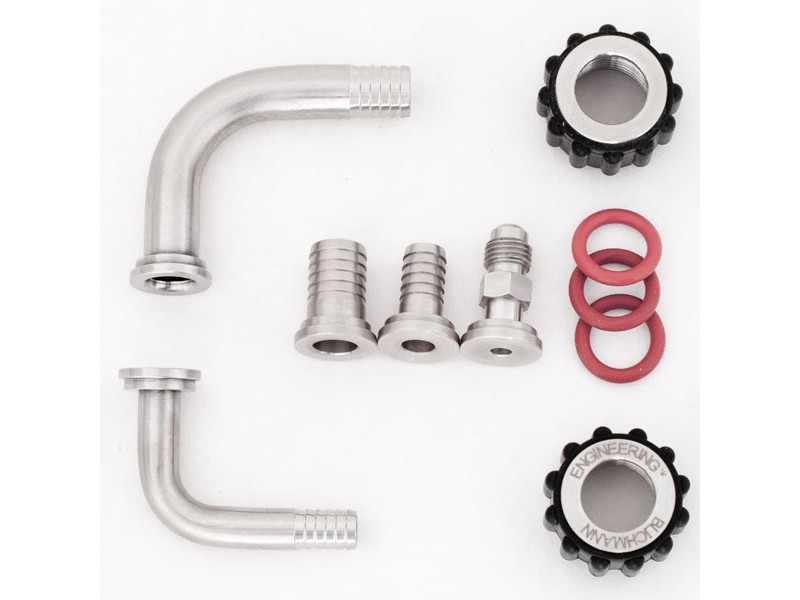Sometimes process changes aren’t for the better. This fall I made a bunch, starting with the Blichmann Hop Blocker. Then came competition brewing season and I didn’t have time to evaluate the results due to my frantic schedule (1-2 batches a week for three solid months.) The good news, though, is that I’ve now got lots of data both from the NHC feedback and my own testing and I’m going to make some changes.
The verdict? Not good. Several batches suffered from mild wild yeast infections. The judges didn’t always pick up the cause but when you taste them side by side it’s easy to pick up the problem. The other batches seemed to be lacking something that I couldn’t put my finger on. Not one batch was better than what I used to make before.
So, what did I change and what am I backing out? First, I started using the Blichmann Hop Blocker. It’s a great product that really helped prevent trub from reaching the fermenter. The problem, though, was that in the 10 gallon Blichmann Boilermaker my copper immersion chiller no longer fit. So I decided to change over to a Blichmann Therminator. Of course that meant a different setup for whirlpooling and sanitizing at the end of the boil.
Long story short, I tried several methods but ultimately about a quarter of my batches ended up infected in some way or another. The ones that weren’t infected seemed duller. I’m not 100% positive of the mechanism at work but suspect it has to do with letting the wort whirlpool and sit hot at the end of the boil. Why’d I do that? Otherwise the trub in solution at the end of the boil and hop pellet material would clog the Therminator. Ugh, what a mess.
Here were the downsides I found with my use of the Therminator:
- Infections – despite back-flushing with hot PBW at the end of the brew day, circulating boiling water to sanitize before use, and attempts at autoclaving (which simply took too much effort to do regularly). I hadn’t had a problem with this before and the Therminator was the biggest change I’d made.
- Added time – all the time I was spending trying to clean and sanitize the Therminator ultimately made my brew sessions longer.
- Stuck Transfers – on two different hoppy batches I managed to clog up the Therminator completely meaning I couldn’t get all my wort into the fermenter.
- Leaving the wort hot for longer – compared to an immersion chiller, which started dropping the temp of the whole batch right away, using the Therminator leaves wort at near boiling temp for longer. The Therminator was nice and fast but I had to do a hot whirlpool and let it settle for a total of about ten minutes before I could even start the draining.
Don’t get me wrong. I’m sure some folks are making great beer with this gadget but I’ve given up.
So I’m going back to an immersion chiller with a whirlpool. I’ll be brewing this weekend with this change in place and will post my results. The lesson here for me is to really take a more critical look at any changes I make to see if they’re really an improvement to the end product, the beer in the glass. And I need to do that well before competition brewing season. This year I’m going to use the summer for experimentation with process and I’m going to lock down all changes by October so I have time to let everything shake out before the winter brewing rush.
Happy brewing,
Dave.



Recent Comments